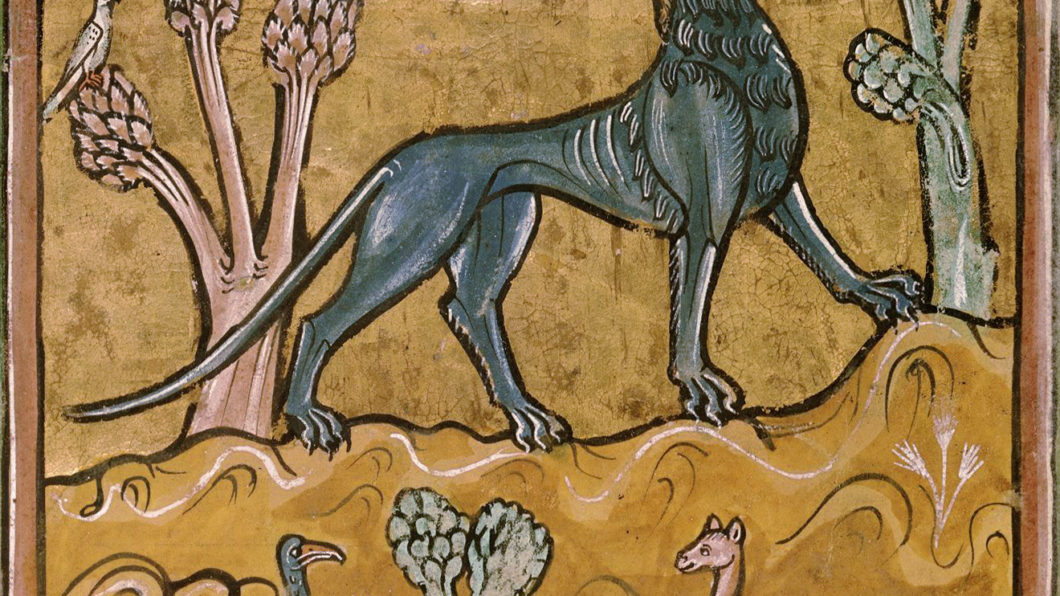
On Animal Languages in the Middle Ages: Representations of Interspecies Communication, ed. Alison Langdon. New York, Palgrave, 2018
This interdisciplinary volume of 13 essays, divided into three parts (Part I Communicating Through Animals, Part II Recovering Animal Languages, and Part III Embodied Language and Interspecies Dependency), explores language to interrogate the boundaries between human and nonhuman animals in the Middle Ages. In it, established and emerging scholars question assumed medieval distinctions between humans and other animals, who communicate human meaning and animal agency. The chapters demonstrate human/non-human interaction, for engaging with the other in medieval texts. Animal Languages deconstructs the medieval view of language showing the impacts of this breakdown of the human-animal binary on human singularity/exceptionalism. Participating in the ongoing/developing push for challenging the human/animal divide, Animal Languages “brings a new emphasis on the role of language in challenging the supposed distinction between humans and other animals in the middle ages” (4). This annotated bibliography contains the work of Crane, McCracken, and Steel, which this introduction cites and builds from; the essays respond to “scholars such as Dorothy Yamamoto, Karl Steel, Susan Crane, Jeffrey Jerome Cohen, and Peggy McCracken” whose studies “increasingly emphasize the need to consider animals in medieval texts as something more than vehicles for human symbolic expression” (4).

